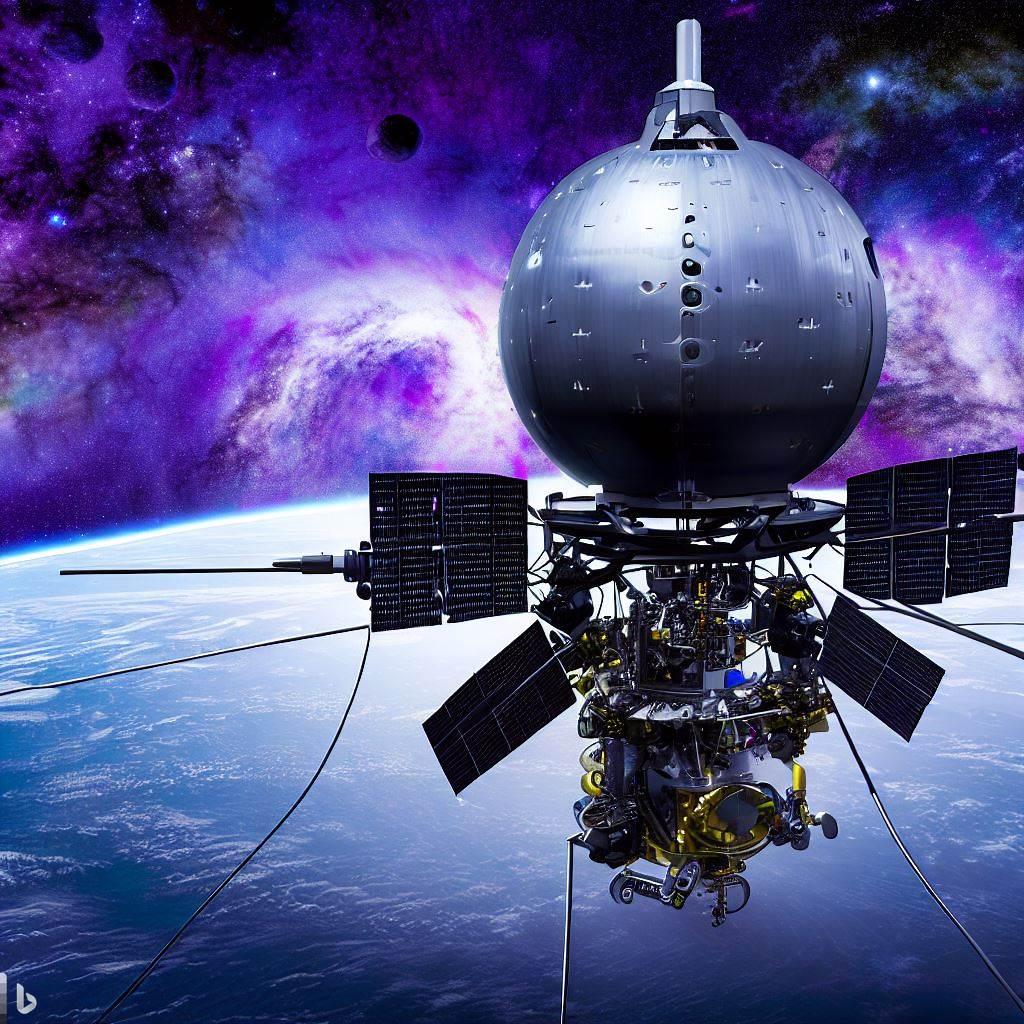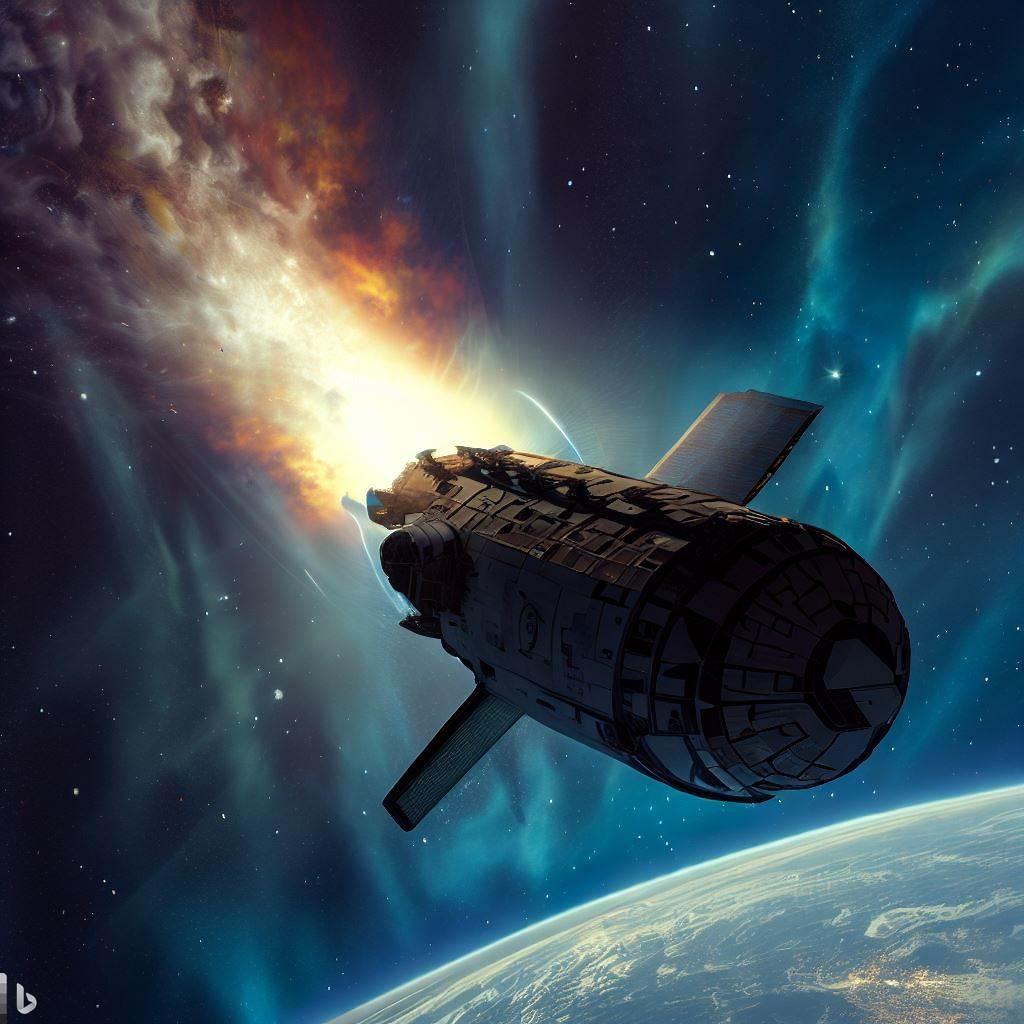The Moon has always been a subject of human curiosity and exploration. The Apollo 11 mission, which saw Neil Armstrong and Buzz Aldrin land on the lunar surface in 1969, marked a monumental achievement in space exploration. Recently, the discovery of underground caves, or lava tubes, on the Moon has sparked renewed interest in lunar exploration and habitation.
Lava tubes on the Moon were formed billions of years ago by volcanic activity. When molten lava flowed across the lunar surface, the outer layers cooled and solidified while the inner layers continued to flow, eventually draining away and leaving behind hollow tunnels. These lava tubes are of significant interest because they can provide natural shelters from the harsh conditions on the Moon's surface, such as extreme temperatures, micrometeorite impacts, and cosmic radiation.
Interestingly, some of these lava tubes are located in regions close to the Apollo 11 landing site at Tranquility Base, where Neil Armstrong and Buzz Aldrin made their historic moonwalk. The proximity of these caves to such a significant historical site adds another layer of intrigue. Tranquility Base, located in the Sea of Tranquility, is now considered a potential site for future lunar bases, given its historical importance and the potential for nearby natural shelters.

The preservation of the Apollo 11 landing site is also gaining attention. As space heritage preservation becomes more prominent, efforts are underway to designate the Tranquility Base as a National Historic Landmark. This would ensure that the site, along with artifacts left by Armstrong and Aldrin, remains protected for future generations. The designation would highlight the importance of preserving human achievements in space exploration.
The discovery of these lava tubes could greatly influence future lunar missions. NASA and other space agencies are considering the feasibility of establishing permanent lunar bases within these caves. Such bases could support scientific research, resource extraction, and even serve as a stepping stone for missions to Mars and beyond. The natural protection offered by the lava tubes could reduce the need for constructing elaborate shelters, making lunar habitation more feasible and cost-effective.
The renewed interest in the Moon, driven by both historical preservation and the discovery of these lava tubes, represents a significant shift in space exploration. For decades, Mars has been the primary focus of human space exploration ambitions. However, the Moon's proximity and the new potential for sustainable habitation are making it an attractive target once again.
Conclusion
The discovery of lunar lava tubes near the Apollo 11 landing site is a remarkable development in the field of space exploration. These natural shelters could play a crucial role in future lunar missions, providing protection and stability for astronauts. As efforts to preserve the historical significance of Tranquility Base continue, the dual focus on honoring past achievements and preparing for future explorations underscores the enduring human quest to explore and understand our celestial neighbor.









Add a Comment: